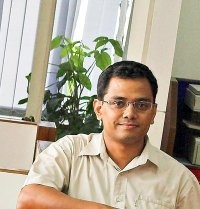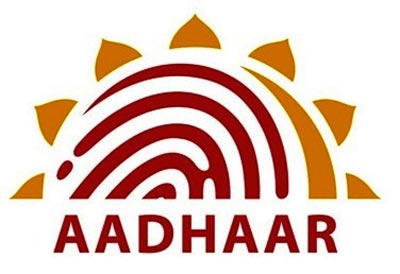I met Avinash a few weeks back to share details about zest.md, and to discuss some of the challenges which we are facing. Avinash, helped me to understand a lot of issues better, and invited me to be a part of the #PNMeetup to discuss it with a larger group. To be honest, I was apprehensive initially, but seeing the conviction with which Avinash said that it would help us, I agreed and I am so glad that we did go and share our challenges at the #PNMeetup!
Zest.Md is a SaaS platform which provides with medical practitioners with a solution to get started with online consultation process, using their own website. One of the key challenges which we shared with the group was on how to drive initial engagement with the medical practitioners who sign up. Another aspect which we discussed was around pricing. Currently we have a single price solution, and we were in the process of considering Freemium model – what should we keep in mind while designing Freemium so that we don’t end up losing paying clients.
#PNMeetup was a great experience it was very refreshing to be amongst people who have been involved with various stages of product development, themselves. It was a very different space than the other entrepreneurship events that I have been in, almost everybody here was currently running an online product company, and they understood dilemma and the criticality of the decision around such questions.
I had attended along with two other members of my team, and the one of the greatest reaffirmation was that, there is no single answer or a single point of view when it comes to even simple questions pertaining to a product. Many a times we, as young start-ups, tend to get bogged down or keep changing paths based on feedback from a single person. Being at #PNMeetup gave a reassurance that it is justified that we were so concerned about our decisions on these questions as they are not so straightforward, and at the same time the forum was a great place for us to take feedback from a group as a whole, and it helped us to identify the range of possible solutions from which we could chart out our own solution. 🙂
Thanks Amit, Devendra & Avinash for helping me in the presentation and briefing you provided and for the opportunity. I really liked the venue and seating arrangement, and I feel that the ambience was instrumental in creating an informal atmosphere where people could exchange frank and honest opinions.
P.S.: The highlight of the day was meeting up with Amit Ranjan, co-founder Slideshare and to see him share his thoughts candidly! 🙂
My name is Vinayak and I’m the Founder & CEO at Zest.md.






















